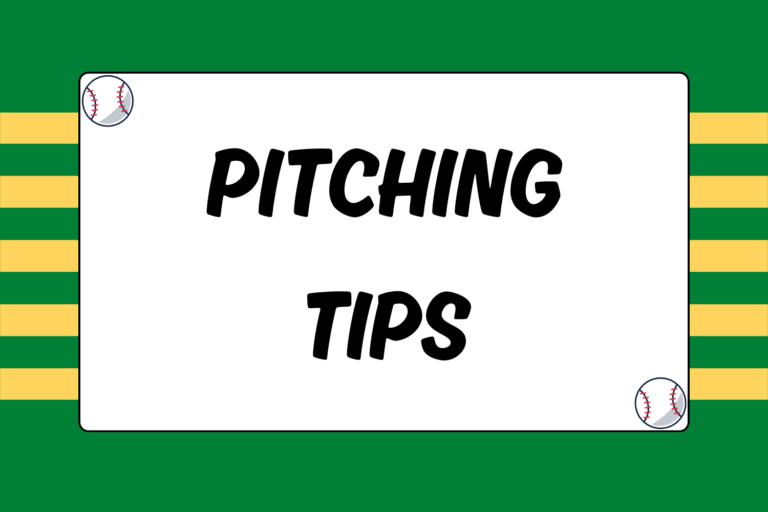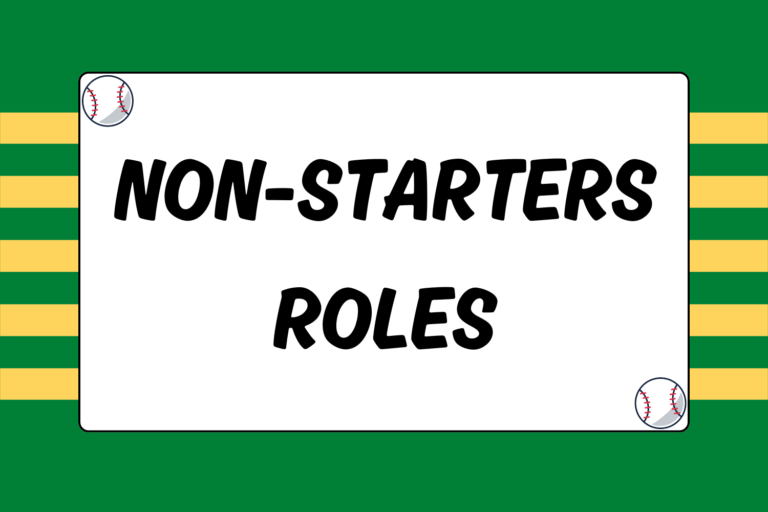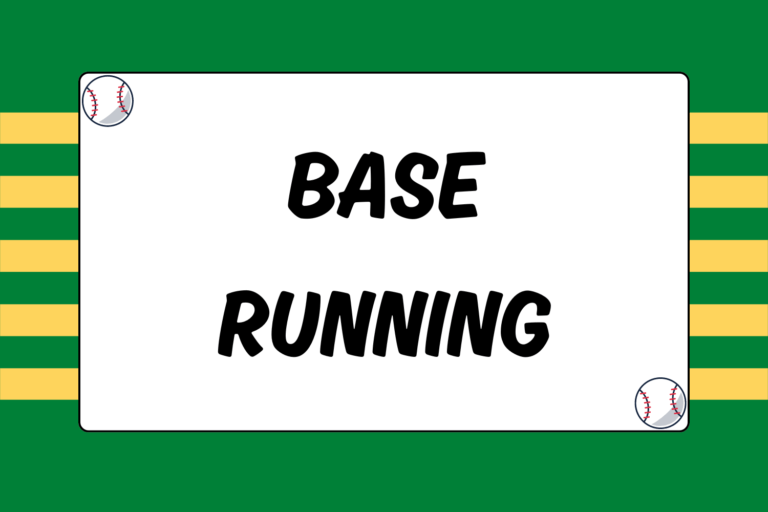The curveball has a lot of nicknames — deuce, hook, hammer, bender, Uncle Charlie — partly because the pitch has been around for so long. Baseball is a sport that tends to reward innovation on the part of pitchers; different pitches come and go, or evolve into new pitches altogether. But pitchers have used the curveball for well over a century, and the principles of throwing it have remained largely unchanged.
One question a lot of young players ask after first learning how to pitch is: When can I start throwing curveballs? This issue is a matter of ongoing debate, but there’s one thing most experts agree on: In terms of arm safety, when you start throwing curveballs is not nearly as important as how you throw them. Read on to learn the proper technique for the curveball grip and throwing motion.
Curveball Grip
To grip a curveball, hold the baseball with the seams facing vertically. Place your middle finger along the inside of the seam (left seam for left-handers, right seam for righties). Place your thumb on the bottom of the ball, just inside the opposite seam. Your index finger should rest next to your middle finger, but don’t apply much pressure with it. The curveball is essentially a two-finger pitch.
Your Wrist Creates the Break
The majority of coaches and pitching experts would agree that it’s best for kids to wait until at least age 13 or so — when they start to mature and their arm muscles begin to develop — to start throwing breaking balls. This is sound advice, particularly since young pitchers should typically try to master the change-up before moving up to curveballs anyway.
There are others who argue that it’s perfectly safe to teach the curveball to younger children as long as it’s thrown correctly. It’s a decision that parents and coaches should make on an individual basis, but one thing is true: If thrown properly, curveballs shouldn’t affect the throwing arm more than any other pitch.
The reason why so many players do hurt their arms throwing breaking balls is that they try to use their elbows to create the break. But to throw an effective curveball, the break has to come primarily from your grip and your wrist angle. Don’t try to spin the ball sideways; you’ll get the sharpest break and the tightest spin by creating over-the-top rotation.
When you reach the point of extension in your delivery, curl your wrist inward so that you release the ball off the side of your fingers, creating a tumbling rotation on the pitch. You’ll have to release the ball earlier (that is, higher up) than a fastball, but remember to keep your fingers on top of the ball.
You also want to avoid projecting the ball upward. With your wrist cocked, pull your arm down hard as you throw the ball (think about pulling down a window shade or garage door) and then follow through. Your follow through is perhaps more important on a curveball than it is with any other pitch. The end of your delivery and the force of your follow through are really what determine how well the pitch breaks.
Don’t Telegraph
The key to any effective offspeed pitch is to “sell” it as a fastball, and you can achieve this by using your fastball delivery as a blueprint for the rest of your pitches. When throwing a curveball, the angle of your arm and wrist will be clearly different from your fastball. But you can still emulate your fastball delivery as much as possible with respect to your wind-up and arm speed.
Curveballs & Arm Safety
In part, the debate about arm health and curveballs is on-going because every player is different. Some pitchers mature earlier than others, and some comprehend proper mechanics more quickly than others. Strictly from a pitching perspective, the curveball is essentially thrown with just the middle finger and the thumb. Therefore, it’s difficult to throw the pitch correctly until your hands are big enough to throw it with just those two fingers.
It may be safe for kids to throw curveballs if they use correct mechanics, but the problem is that too many players try to overcompensate and manufacture additional spin. Or worse, they throw curves without learning the right technique. This mistake usually adds pressure on the elbow, which leads to injuries. There isn’t any pitch in baseball that should be thrown primarily with the elbow.
Make It Your Own
If you watch enough baseball games, you’ll notice that there are a lot of different types of curveballs. Right-handed curveballs look different from lefty curveballs; different pitchers throw it at different speeds and from different angles. This variation exists because, like any pitch, there’s not one way to throw a pitch. Ultimately, you have to find the technique that helps you control the pitch. By learning a strong basis of mechanics and understanding the basic principles of the curveball (cock your wrist, keep your fingers on top, and follow through), you can tweak yours to match your own delivery. You can even give it your own nickname!





